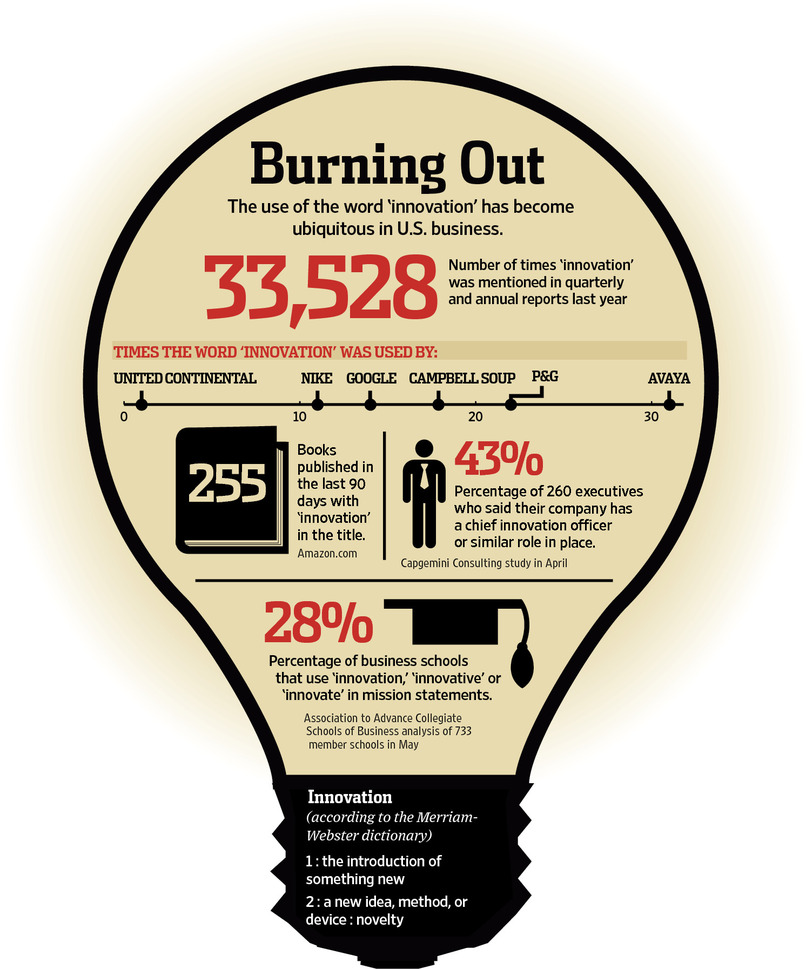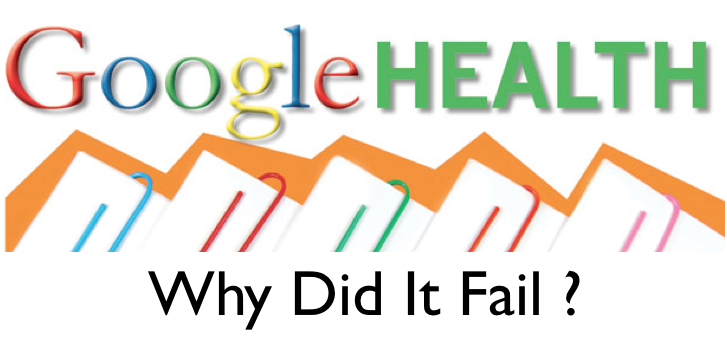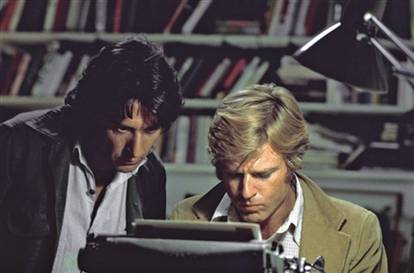Marketing Success - Innovations, Trends And Tips For Your Fitness Business To Succeed In 2013 And Beyond
/
Are you preparing for the future of connecting with customers ? Follow some of these 8 ideas to take advantage of important marketing trends and strategies for 2013 and beyond. Please tell me what you think.
1. Integrate Your Message And The News
Figuring out ways to inject your brand into breaking news that generates media coverage, builds more awareness and creates credibility is a great strategy. Acting fast to develop a connection between a hot story and your brand is key. Using Google alerts or other monitoring tools to stay on top of the latest trending information is a good idea.
Some smart health clubs are hoping on stories about fitness trends, community news and reaching out to media, incorporating the stories into their blog content and social media feeds and this helps greatly in raising their profiles and credibility.
2. Use “Old School” Approaches Appropriately
Social media is a dominant area of marketing and many brands undervalue old tactics like direct mail . Some companies, however, are using more traditional forms of marketing to further reach prospects that have engaged with a brand online in a very focused manner. The key isn’t to limit the amount of online marketing. Consider enhancing the frequency and impact of your message with traditional methods for targeted prospects.
3. Work With Suppliers, Customers And Strategic Partners
Doing more with less is a big opportunity so working with your customers, suppliers and other strategic relationships to generate content is a good way of taking marketing to another level. Producing video interviews of clients talking about their specific challenges and opportunities is great content. For clubs, generating a video of a member who achieved great fitness results and how they did it is great content. In the realm of programming, partnering with group fitness program offerings like Les Mills enables a treasure trove of content for club marketing. There are many examples and we’ll see this trend continue to grow.
4. Mobile Mobile Mobile
The era of innovations integrating social media, local targeting and mobile devices is upon us. Do you recall this scene from Minority Report ? Look for more innovations around the “SoLoMo” trend, and watch more B2C companies try to capitalize on it. Mobile is moving really really fast and the opportunities are huge.
Foursquare, a SoLoMo application, is a great example of what is to come. Foursquare tells mobile users of nearby companies and available deals. When users input personal preferences or an app recognizes patterns when they are near a business that fits their profile, it will push out a notification for a coupon, discount code, special of the day or sale. This is the fourth of five eras of the social web that I wrote about in 2011 . More than Foursquare, things like making sure your web site is mobile friendly, are really important. There is going to be a constant evolution of what mobile really is including mobile commerce. What is mobile is the consumer. Learn more here .
5. Video Video Video
There will be a steady increase in the number of people viewing video content on computers, tablets and mobile devices in 2013 as compared to TV sets . More and more brands are planning to use the medium to communicate complex ideas and solutions in a visually appealing manner. Expect more video content from brands to communicate information. This is a big part of the “inbound marketing” trend that you can learn more about here .
6. Create A Content Lexicon
A lexicon is a vocabulary specific to an area of knowledge or activity. Content has been increasingly important for awhile. How that content is positioned in light of a specific area or market is going to be more important than ever . It will be the context in which content is delivered that will make it more or less relevant. In an environment that requires more targeted messaging the requirements of a Content Lexicon is obvious.
Developing content tailored for a targeted audience is fundamental. For example, if you sell fitness equipment, don’t talk about your equipment features, address issues in various vertical markets like YMCA’s, Parks and Recreation Centers, Micro Gyms, and others, that have unique demands and needs. Address their problems, their industry, their company and how you will benefit their business. Keep this in mind when creating all of your content including articles, videos, presentations and webinars.
7. Offer Calls To Action
Even when content is created with context in mind, it needs this important part of the equation to convert prospective buyers into leads: a call to action. Businesses are increasingly grasping the benefits of adding calls to action in their materials and all of their content. This important piece connects content to action, and gets information from prospects enabling them to be targeted more effectively in the future.
8. Don’t Plan To Be Right; Plan To Learn
What is irrefutable is how fast things are changing. Building out marketing programs from start to finish without any flexibility to make changes in the middle is something that isn’t wise to do.
When developing and managing marketing programs, organizations need to try different approaches, measure results, and make adjustments. Agility in marketing provides greater control and insight if executed in this manner. An important underlying principal is to keep cost low as new endeavors are being undertaken. Check out this recent post on new smarter ways to plan for more examples.
Conclusion
Did you find these 8 marketing strategies helpful ? How is your business planning to market in 2013 and beyond ? If you like this content please subscribe to my web site or connect with me via social media. If you’d like help with marketing your brand feel free to contact me here today.
About the author:
Bryan O’Rourke is a health club industry expert, technologist, financier, shareholder and executive in several fitness companies. He works for Fitmarc, which delivers Les Mills programs to over 700 facilities in the US. He advises successful global brands, serves as a member of the GGFA Think Tank and serves as CEO of the Fitness Industry Technology Council. To learn more contact Bryan here today .














